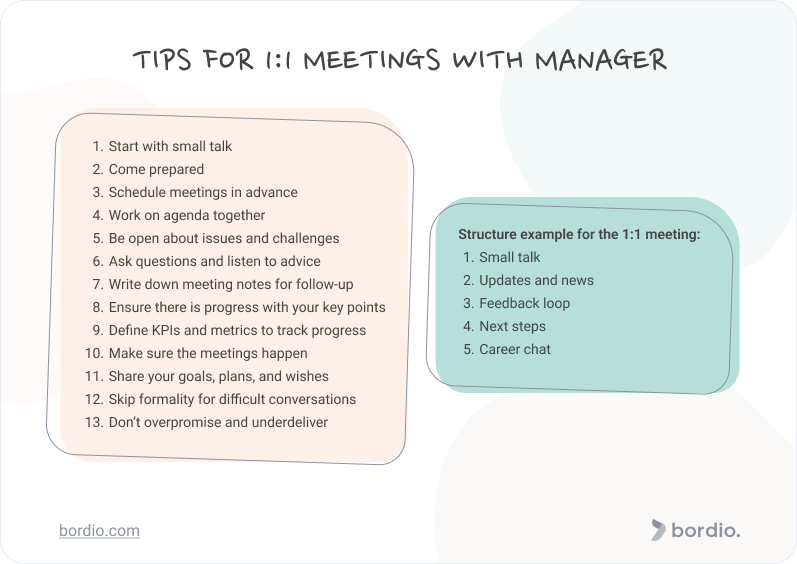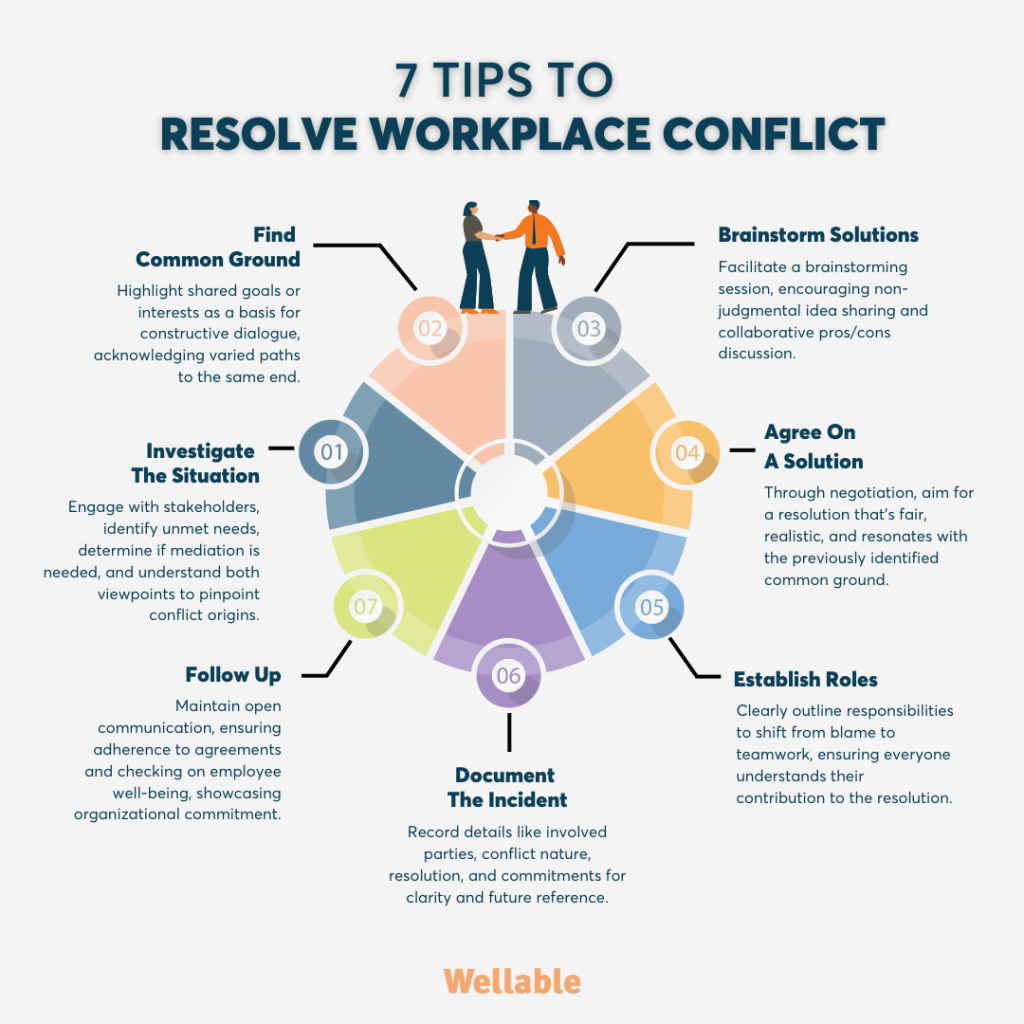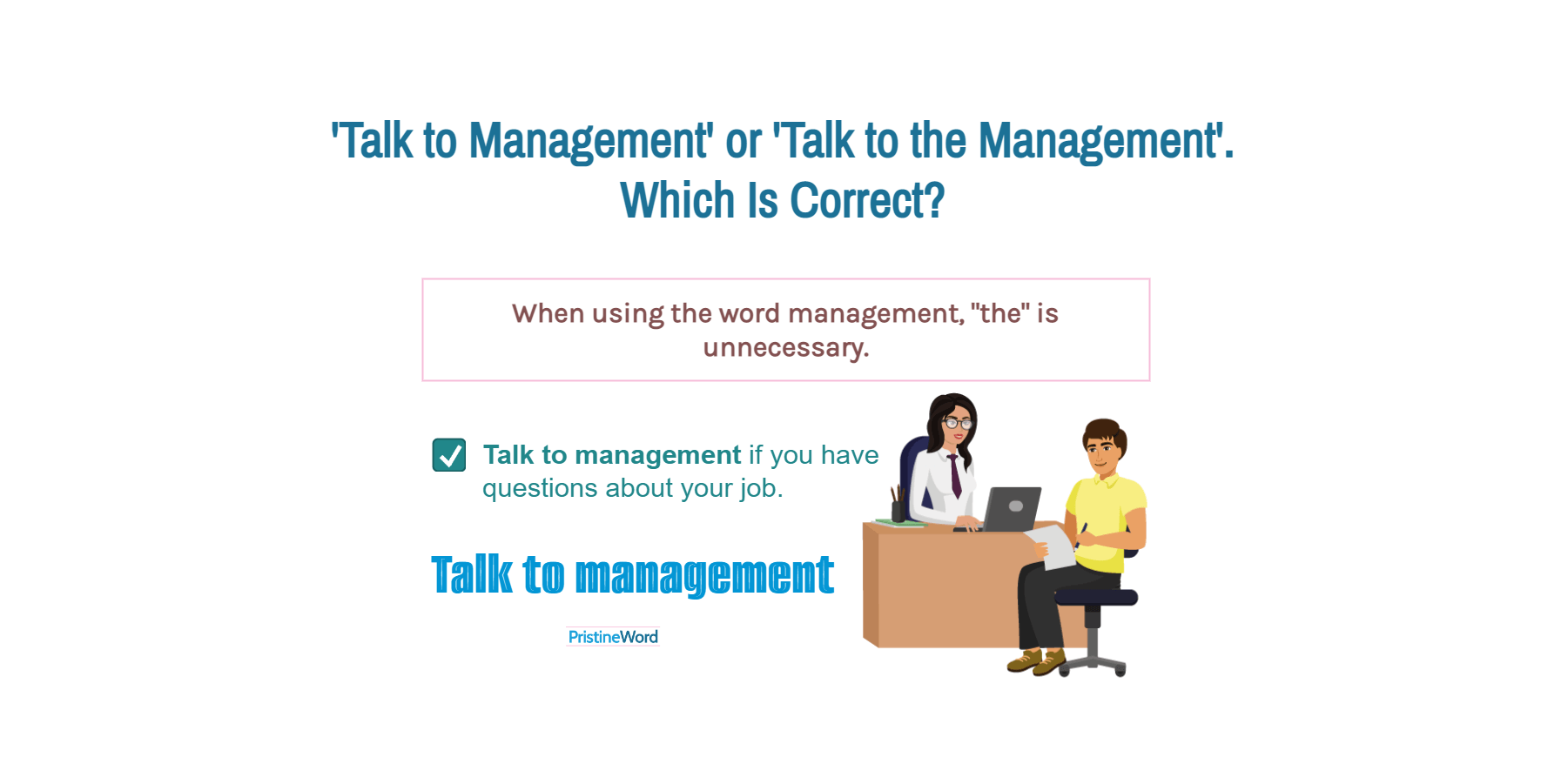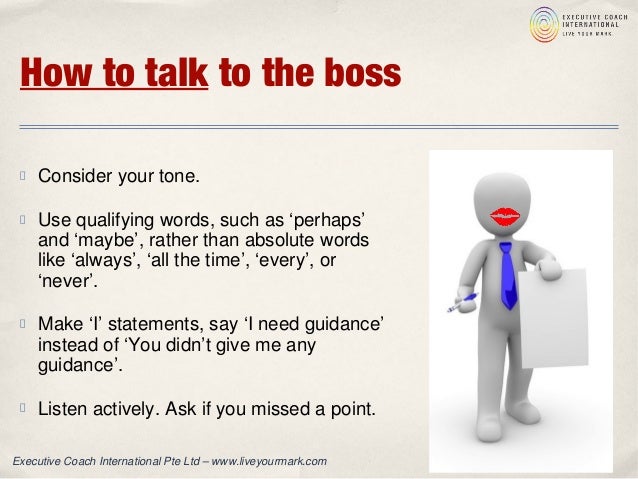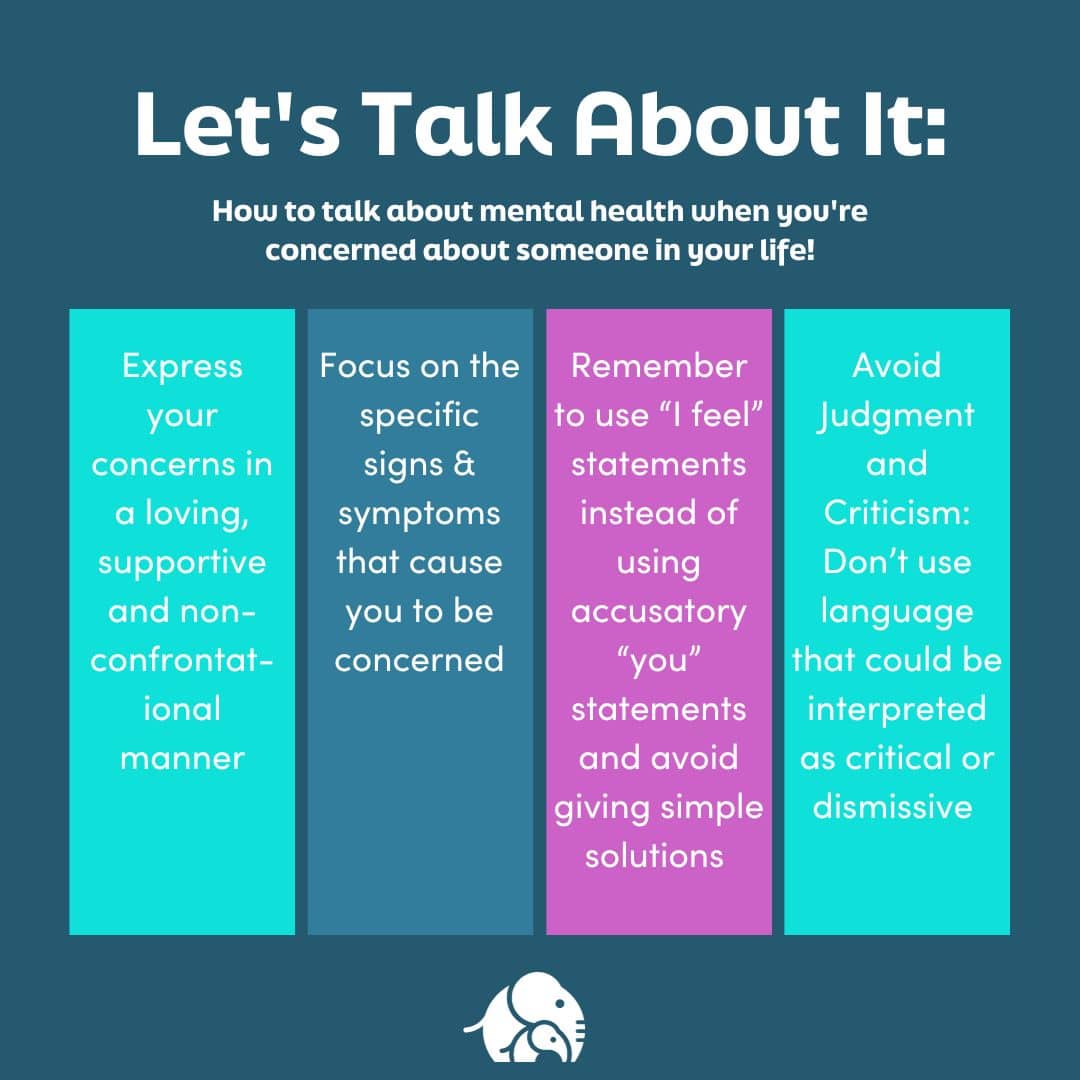How To Talk To Management About Issues

Imagine the knot in your stomach, the racing thoughts as you rehearse what you want to say. You’re staring at your computer screen, an email to your manager half-written, detailing the challenges you've been facing – the mounting workload, the lack of resources, the communication breakdown. But pressing ‘send’ feels like a leap of faith, a gamble on whether your concerns will be heard, understood, and, most importantly, addressed.
This isn’t an uncommon scenario. Learning how to effectively communicate issues to management is a crucial skill for professional growth and a healthy work environment. It's about finding the right balance between assertive communication, constructive criticism, and a collaborative spirit.
Why It Matters
A recent study by Gallup found that employees who feel their voice is heard are almost five times more likely to feel a sense of belonging at work. This highlights the profound impact that open communication has on employee engagement and overall organizational success. Ignoring issues can lead to decreased productivity, increased stress levels, and higher employee turnover, according to a Society for Human Resource Management (SHRM) report.
Talking to management about problems isn't just about complaining; it's about proactively contributing to solutions and fostering a culture of continuous improvement. It's about creating a workplace where everyone feels valued and empowered to voice their concerns.
Preparing Your Case
Before scheduling that meeting or drafting that email, take some time to gather your thoughts and evidence. Identify the specific problem, its impact on your work or the team, and potential solutions.
Quantifying the issue whenever possible adds weight to your argument. For example, instead of saying “the workload is too high,” try, “the workload has increased by 30% in the past month, which has led to a delay in project deadlines.”
Consider the timing and the appropriate channel for communication. A sensitive or complex issue might be better addressed in a one-on-one meeting rather than a group email. Think about your manager’s communication style and adapt your approach accordingly.
The Art of Communication
Start by framing the issue in a positive light. Express your commitment to the team's success and your desire to find solutions.
Use “I” statements to express your feelings and observations without blaming others. For example, “I feel overwhelmed when…” instead of “You always give me too much work.”
Active listening is key. Be prepared to listen to your manager’s perspective and ask clarifying questions. Understanding their concerns and constraints will help you collaboratively find a mutually beneficial solution.
Remember, your goal is not to win an argument, but to have a productive conversation. Be respectful, even when you disagree.
Navigating Difficult Conversations
Sometimes, despite your best efforts, the conversation might become challenging. Your manager might be defensive, dismissive, or unwilling to address your concerns.
In such situations, it's important to remain calm and professional. Acknowledge their perspective, but reiterate your concerns and the impact they are having.
"The single biggest problem in communication is the illusion that it has taken place." - George Bernard Shaw
If you feel uncomfortable or unsafe, consider involving HR or a trusted colleague. Document all communication for future reference. Transparency and documentation are key to navigating these situations effectively.
Building a Culture of Open Communication
Talking to management about issues is not just an individual responsibility; it's a collective effort. Organizations must foster a culture of psychological safety where employees feel comfortable raising concerns without fear of retaliation.
Regular feedback sessions, anonymous surveys, and open-door policies are some ways to create a more communicative environment. Managers should actively solicit feedback and demonstrate a willingness to listen and act on employee concerns.
Ultimately, effective communication is a two-way street. It requires courage from employees to speak up and a commitment from management to listen and respond. This creates an environment where problems are addressed proactively, leading to a more engaged, productive, and fulfilling work experience for everyone.
So, take a deep breath, gather your thoughts, and initiate that conversation. You might be surprised at the positive impact it has, not just on your own well-being, but on the overall health of your workplace.

